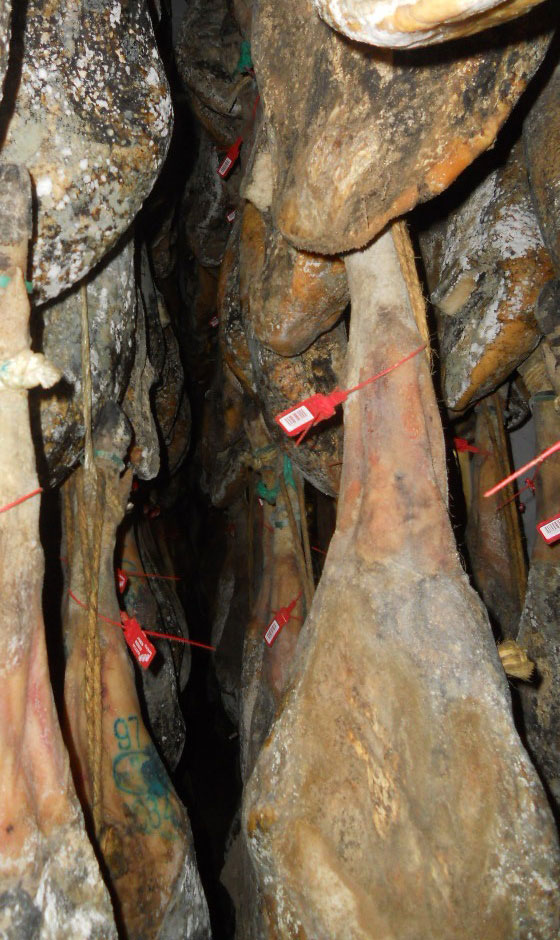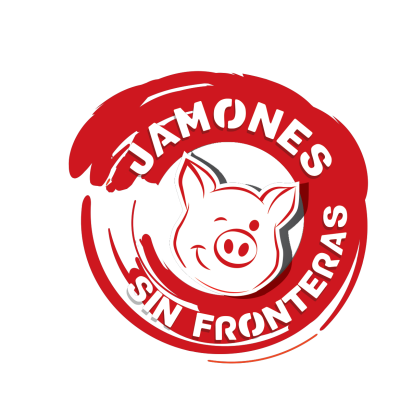Spain on your table
Are ham molds harmful to health?
Are ham molds harmful to health?
Sometimes when we buy a ham, we find that it may come coated with some mold. Today we are going to analyze exactly what molds of ham are, why they are produced and if it is harmful to our health.
Ham molds
The ham has two faces, one has plenty of fat, and usually has an old appearance and a light yellow color. The other part, dark with mold. In order to stabilize the fats of the ham and in a completely natural way, a bacterial flora is established.
The mold that comes out on the external surface of the hams in the natural cellars, here especially those made of acorn, are yeasts that contribute to the generation of volatile compounds.

During the process of elaboration of the acorn hams, only the yeast species Debaryomyces Hansenii and Candida Zeylanoides (a large number of biotypes within these two species) are detected. None produces any compound that has harmful effects on health.
There is an association between yeast biotypes and geographical area of production or production phase of Iberian ham.
These yeasts produce branched volatile compounds related to the aroma of cured meat products, such as alcohols or aldehydes.
Yeast biotypes developed in the dry-cellar stage of the Iberian ham production process produce, in general, a greater quantity of branched volatile compounds related to the aroma of cured meat products than those from the post-salting phase .
The yeasts cause a positive effect on the profile of volatile compounds associated with the aroma of the cured ham, acting as aroma enhancers in ripened meat products.
If they ingest these yeasts, they would not have any harmful effect on their health. But in addition, usually they are not usually consumed since they are in the superficial part of the piece that must be eliminated during the cut.
If you want to do without the mold before starting the cut of the piece, we recommend that you take a clean cotton cloth and impregnate it in sunflower oil, it has a more neutral flavor and less acidic than olive oil. Once you have it you can go through the areas with mold, quickly and almost effortlessly, you will see how the mold disappears.
If the mold appears on the cutting surface, it is as simple as eliminating that first slice that contains it. To avoid this, we recommend that while you are cutting, reserve part of the fat that you are removing from the ham, to protect the cutting area once you have finished cutting. In this way that area will be protected and it will be more complicated that it may suffer alterations.
We hope this post has been interesting, for him we have had the invaluable help of AGACUJ (Association of Friends of the ham knife) whose objective is to protect and disseminate the culture of ham through this non-profit association.


